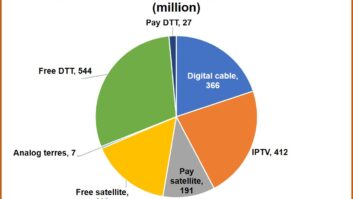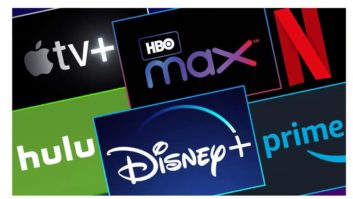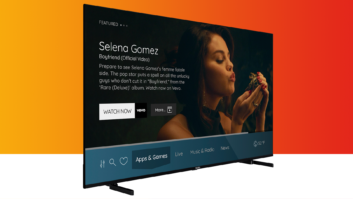According to a global research study conducted by Microsoft and research firm Screen Digest, more than 60% of consumers in seven developed countries would consider switching TV service providers to obtain the features and content they want, at current market prices or higher.
This finding contradicts previously held assumptions that price is the single most important factor in selecting TV service providers. The study further points to key trends that define the emergent IPTV market and demonstrates that as technology changes the nature of television, old paradigms of behaviour may not necessarily apply.
Completed earlier this year, the research identified market segments most inclined to purchase IPTV and drivers that will motivate them. Online and phone surveys of 5,000 “entertainment-oriented” consumers were conducted in seven benchmark developed countries: Canada, France, Germany, Italy, Japan, the United Kingdom and the United States. Overall, the survey estimated a total of 230 million potential candidates for more advanced TV services across these countries, with 75 million of those consumers expressing interest in switching and paying for a TV service with the features and channels they want. An additional 2,000 surveys were conducted in urban China and India. When these countries are included, the global audience for advanced TV services increases to 380 million, with 200 million willing to switch and pay for a new TV service.
Consumers were also allowed to create their “ideal” TV service from a number of different features. Consumers created and are willing to pay for lifestyle-based packages, rather than simply price and channels. Those lifestyle packages range from basic TV control and management, to family-oriented packages, to packages that enable communications, commerce and connections between the TV, PC and mobile devices. Over 50% of consumers willing to pay for new TV services in developed countries expressed interest in advanced capabilities beyond basic TV control and management.
The study found that the consumer segments most likely to switch TV providers are those that are time-constrained, with 43% actually watching less TV than the average household. Although these TV watchers are satisfied with their TV experience, they are looking for ways to maximise the enjoyment of their TV time, prioritising convenience and ease of use over price. This finding debunks two other generally accepted assumptions – that consumers who view a great deal of television are more likely to demand new services and that the more dissatisfied consumers are with their TV experience, the more likely they are to switch services.
Additional key findings included the following:
One-third of “entertainment-oriented” households are willing to pay more than their current country average for the features and content they want, while another 33% would switch for new features at the same price. Entertainment-oriented households currently spend money on entertainment through either a home Internet subscription, a home pay TV subscription, or higher-than-average monthly entertainment spending on items such as DVD rentals and purchases. Nearly 80% of households in the seven benchmark developed countries are entertainment-oriented.
Driven by economic growth and broadband adoption, China and India have the highest percentage of high-potential IPTV households.
Among consumer segments most interested in paying for an advanced TV service, a significant proportion (30%) do not already have home broadband internet service. Many of these consumers would prefer a TV-only or a TV-plus-phone package, rather than a triple play package including internet, phone and TV.
“Old assumptions about this new TV market will need to be turned upside down to effectively build the customer base,” said Christine Heckart, general manager, marketing, Microsoft TV Division. “Our research clearly demonstrates that the purchase paradigm is changing. Price and channel line-up have long been the primary criteria for consumers selecting TV services. Our research suggests that consumers are willing to pay for a richer TV experience that is personal, easy to use, connected and social.”






